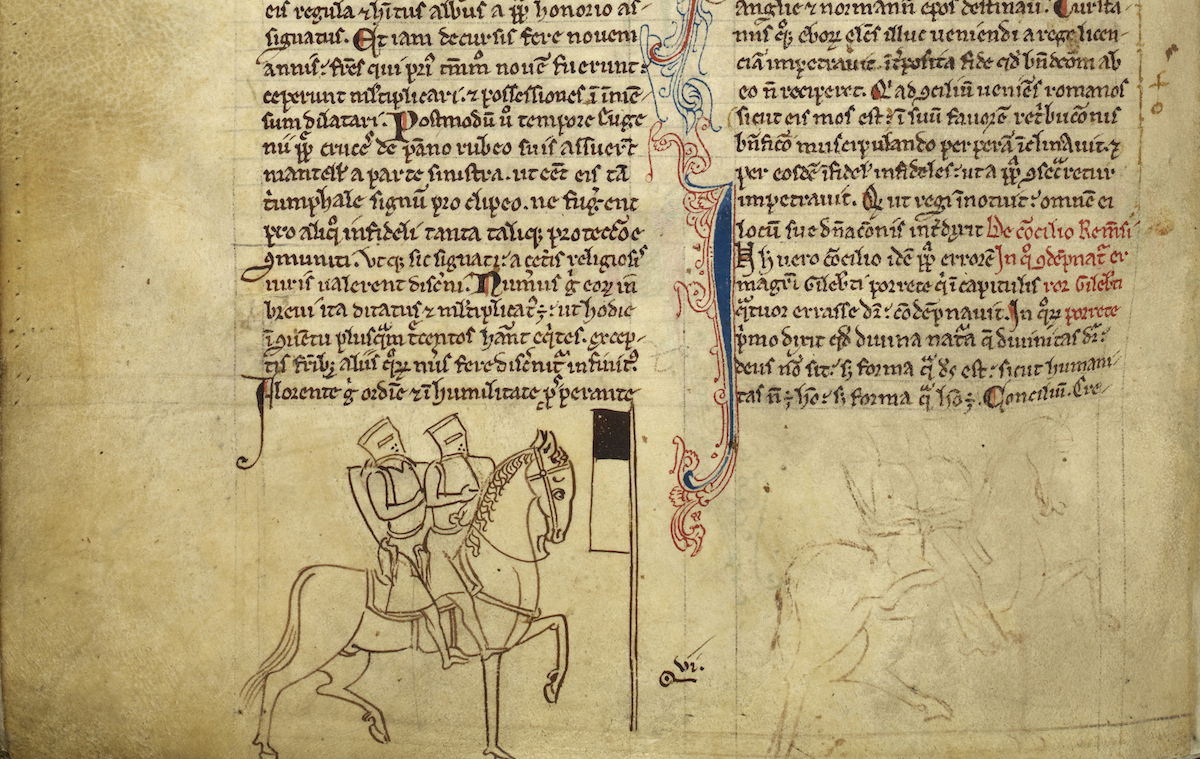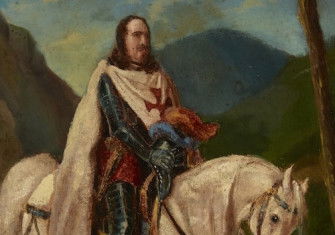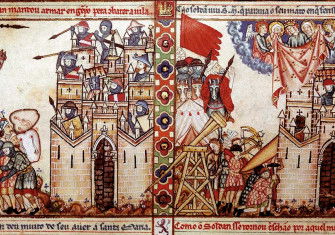The True Knights Templar
The Knights Templar’s modern reputation is a myth that disguises their role as state-builders and diplomats.

The way in which the Templars have been judged – and how they are currently portrayed – has been indelibly coloured by the way in which the order came to its end.
That end came in October 1307. Appropriately enough, it was Friday the 13th. As Philip IV’s fears over the Templars’ power reached their peak, raids took place in Paris and across the rest of France. The French Templars were arrested en masse and subjected to the most fearsome interrogations.
The brothers were accused of crimes that were said to have long taken hold and corrupted the order. In Paris, torture was used from the very beginning. Many Templar brothers died rather than make false confessions. But they were not super-human. Torture of this ferocity was effective – men eventually said whatever they thought the inquisitors wanted to hear.
It was revealed that the Templars had denounced Christ and regularly spat and trampled upon the cross. They had worshipped devils and idols, and created their own ‘anti-Christs’ for a new ‘anti-Christian’ religion. The Templars were shown to be a secret sect at war with the very heart of Christendom.







